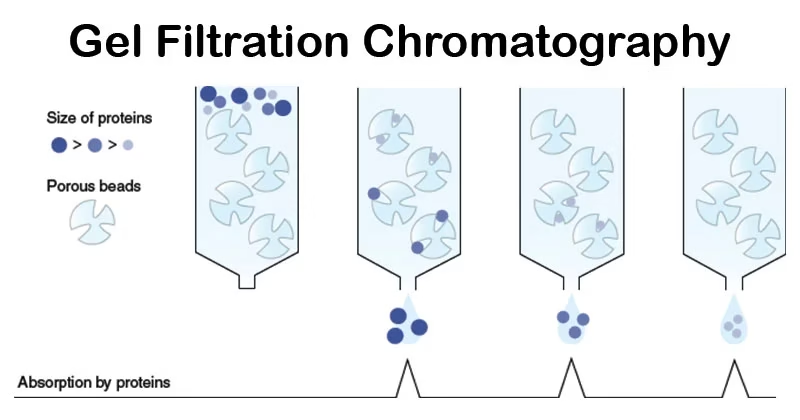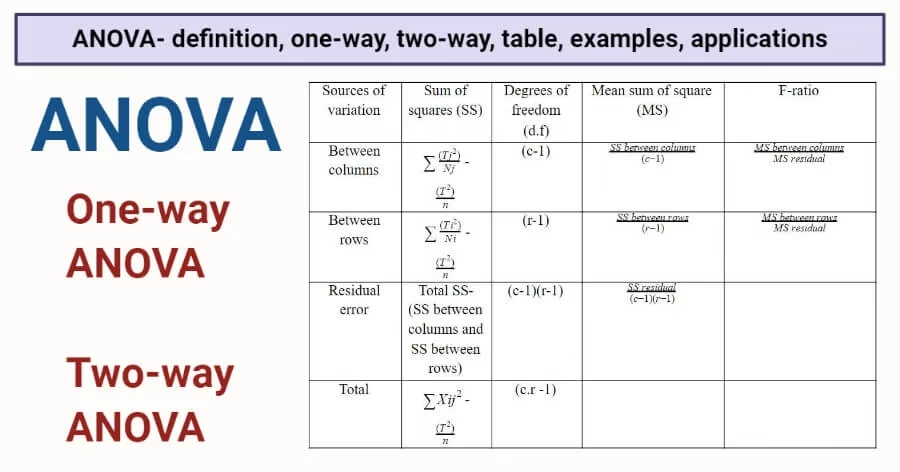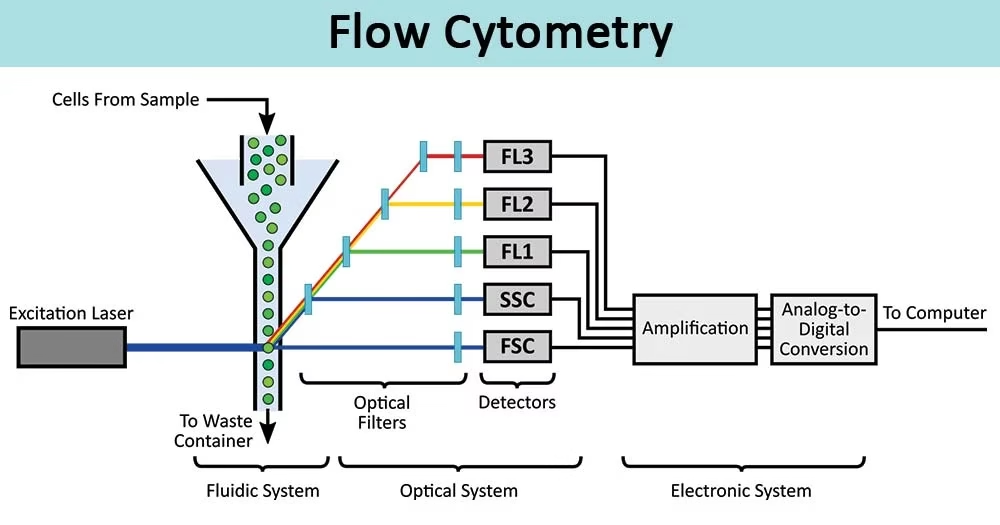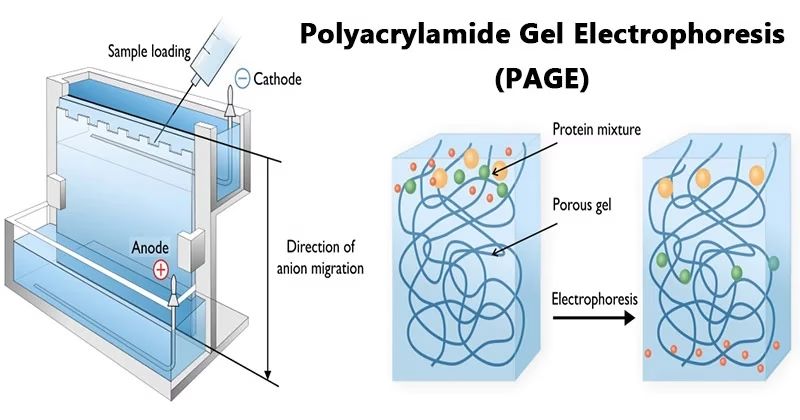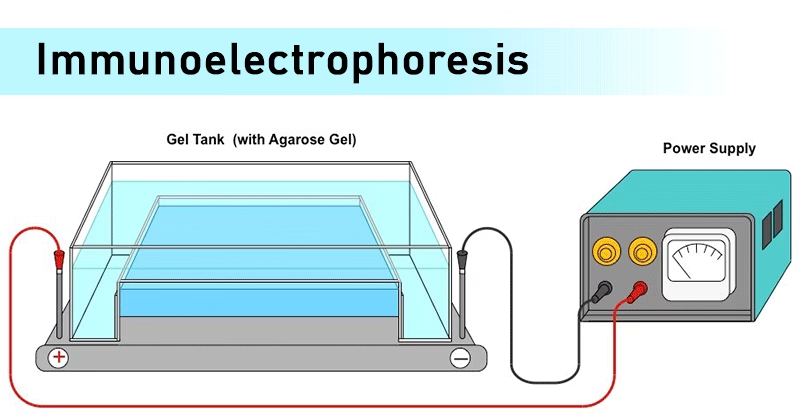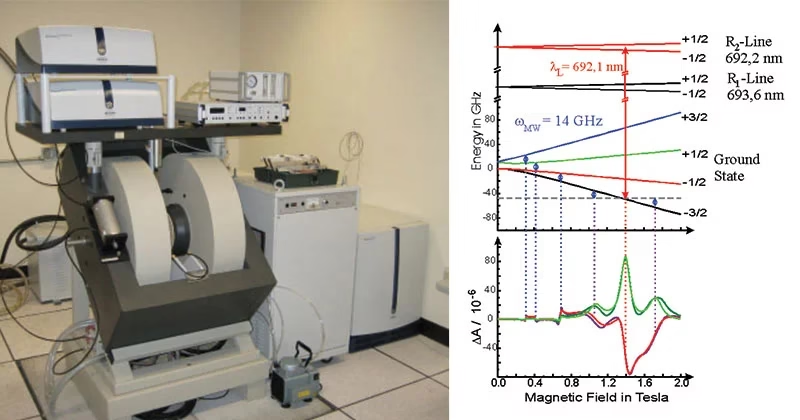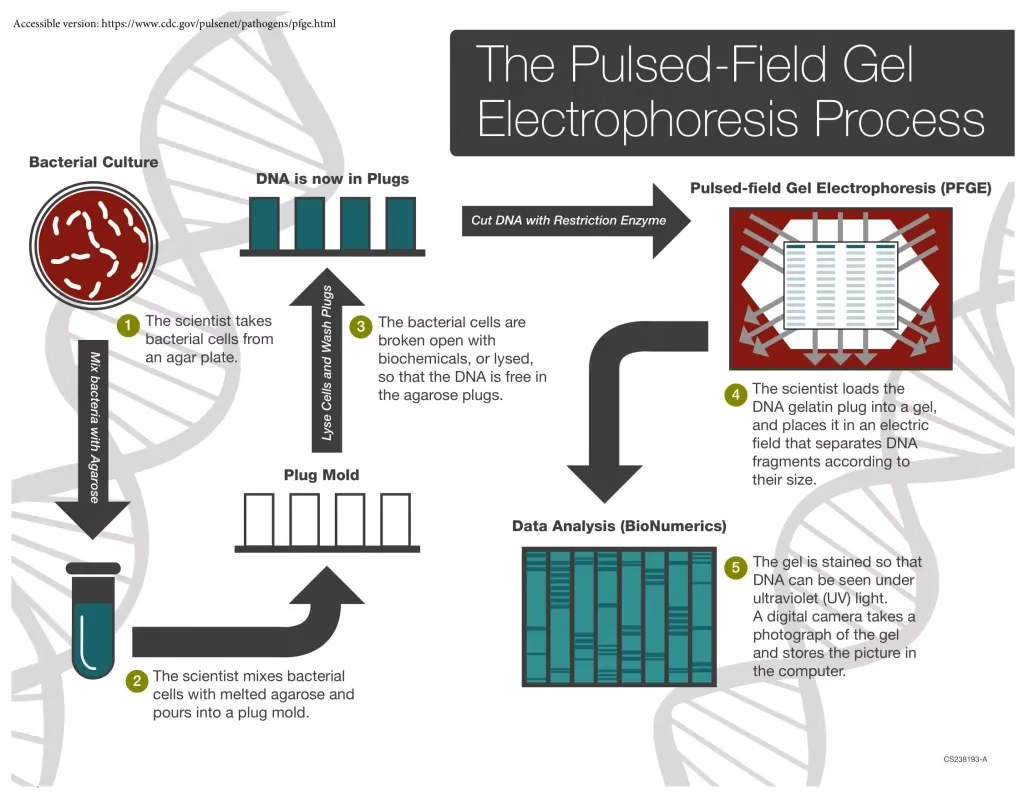Z-test in Research Methodology – Definition, Formula, Types, Examples, and Applications
The Z-test is a parametric statistical test used to determine whether there is a significant difference between a sample and a population, or between two independent samples.

